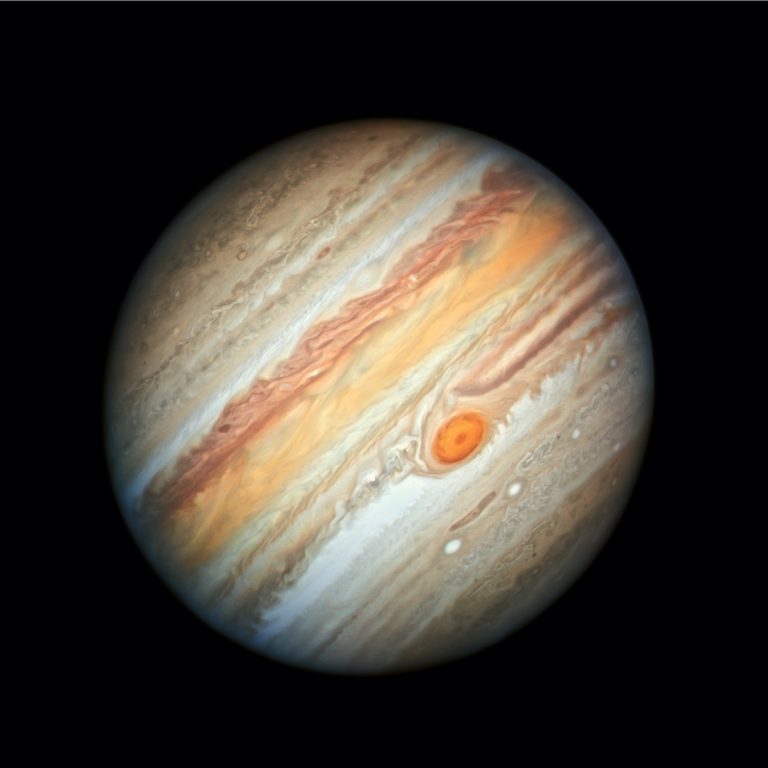Stargazers looking to the sky Monday night will be able to clearly spot Jupiter as it reaches its closest point to Earth in 59 years.

In fact, NASA says the gas giant’s banding and several of its moons should be visible with a good pair of binoculars.
The giant planet will reach opposition — meaning it will rise in the east as the sun sets in the west — a phenomenon that happens every 13 months and typically makes objects in the sky appear brighter and closer than normal.
“Jupiter’s closest approach to Earth rarely coincides with opposition,” NASA said, “which means this year’s views will be extraordinary.”
“Outside of the Moon, it should be one of the brightest objects in the night sky,” NASA astrophysicist Adam Kobelski explained in a blog post.
Jupiter hasn’t travelled this close to the Earth since 1963 because Earth and Jupiter do not orbit the Sun in perfect circles. The planets pass each other at different distances throughout the year.
Monday night, the planet will be 561 million kilometres from Earth, the same distance as it was in 1963. At its farthest, Jupiter travels about 966 million kilometres away from our planet.
NASA says the best bet for viewing Jupiter in its best form is to find a high-elevation spot in a dry and dark area. They recommend a good set of binoculars, but those wanting even better views should consider a telescope set up on a stand.
Four of Jupiter’s largest moons — Io, Europa, Ganymed and Callisto — will be visible with the help of binoculars or a telescope, appearing as bright dots on either side of the planet during opposition. Patient observers will be able to see these moons rotate around the planet night after night.
“The views should be great for a few days before and after Sept. 26,” Kobelski said. “So, take advantage of good weather on either side of this date to take in the sight.
Jupiter will rise into the southeast sky around 11 p.m. ET Monday night.
Saturn will also be visible in the sky around 10 p.m. ET, but it may be a bit harder to spot as it’s not as bright as Jupiter.
Several free apps are available if you need a bit of help finding Jupiter’s location. Sky View, Stellarium and Star Walk are available for smartphones and can help you map out the night sky by pointing your phone’s camera overhead.
- Invasive strep: ‘Don’t wait’ to seek care, N.S. woman warns on long road to recovery
- Ontario First Nation declares state of emergency amid skyrocketing benzene levels
- T. Rex an intelligent tool-user and culture-builder? Not so fast, says new U of A research
- Nearly 200 fossil fuel, chemical lobbyists to join plastic treaty talks in Ottawa








Comments